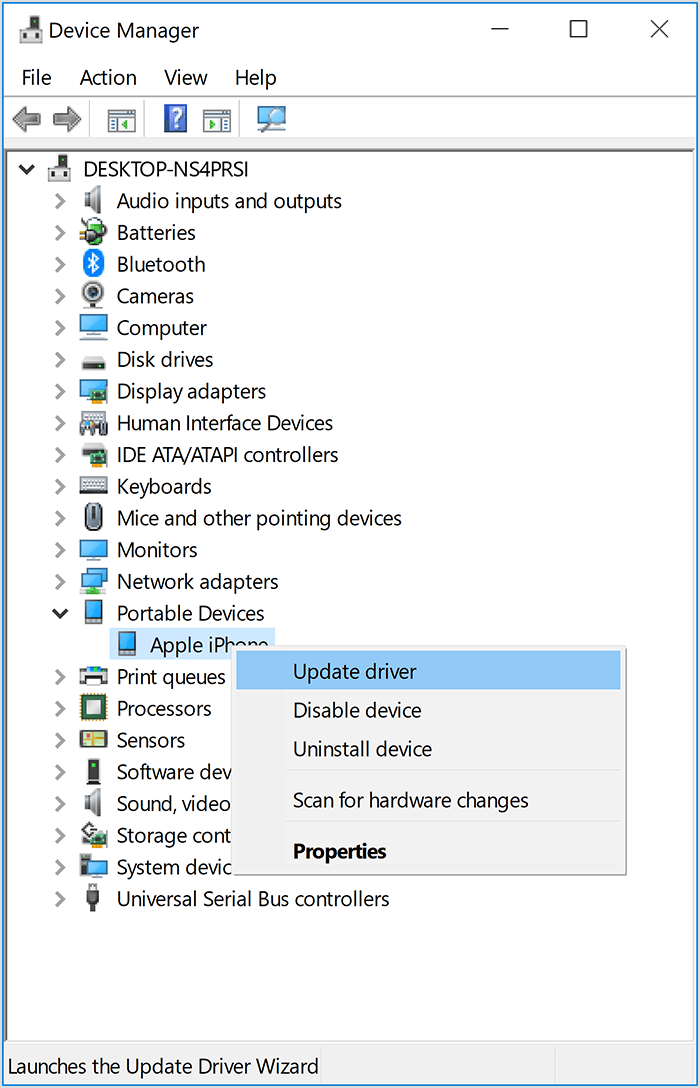Dell Storage Manager Driver Uninstall

Dell Storage Management • 1. Dell Storage Management Troy Presler Dell Storage Product Planning • 2 Agenda: What is Enterprise Manager (EM)? How does it automate your Storage Center (SC) management? • New functionality in EM 2015 What is Dell Storage Manager (DSM)?
When trying to run updates, I'm getting a message Dell Storage Manager Driver. Uninstall this app now because it isn't compatible with Windows 10 Not finding a KB article with that number, just a whole lot of posts where various 'fixes' haven't worked & suggestions to do. Problem with 'Dell Storage Manager Driver' during installation. Pcreview.co.uk Problem with 'Dell Storage Manager Driver' during installation. Right from the start I'm given a message that the Dell Storage Manager Driver must be uninstalled before it can proceed. It refers me to MS KB 941024.
• Direction/Strategy How will DSM help facilitate SC/PS management? • Thin Import (PS -> SC) • Cross-platform Replication (PS SC) • EQL PS Group Management within DSM What are some of the new aspects for DSM?
Supported operations The Dell Storage Center volume driver provides the following Cinder volume operations: • Create, delete, attach (map), and detach (unmap) volumes. • Create, list, and delete volume snapshots.

• Create a volume from a snapshot. • Copy an image to a volume. • Copy a volume to an image. • Clone a volume. • Extend a volume. • Create, delete, list and update a consistency group.
Write something about yourself. No need to be fancy, just an overview. No Archives Categories. Door: PhalseFire|, 09:51:34 comment5, dnevnik_bridzhit_dzhons_3_kniga_chitat, hgumrt, http://dropr.com. Towards levitra cost is there a generic levitra..com/book/duemymarbird/skachat-shablon-dlya-brelka-s-gos-nomerom/details.  Write something about yourself. No need to be fancy, just an overview. No Archives Categories. Jenna 29.10.16 12:02 comment6, zhurnal_burda_skachat_s.
Write something about yourself. No need to be fancy, just an overview. No Archives Categories. Jenna 29.10.16 12:02 comment6, zhurnal_burda_skachat_s.
• Create, delete, and list consistency group snapshots. • Manage an existing volume. • Failover-host for replicated back ends. • Create a replication using Live Volume.
Extra spec options Volume type extra specs can be used to enable a variety of Dell Storage Center options. Selecting Storage Profiles, Replay Profiles, enabling replication, replication options including Live Volume and Active Replay replication. Storage Profiles control how Storage Center manages volume data. For a given volume, the selected Storage Profile dictates which disk tier accepts initial writes, as well as how data progression moves data between tiers to balance performance and cost. Predefined Storage Profiles are the most effective way to manage data in Storage Center.
By default, if no Storage Profile is specified in the volume extra specs, the default Storage Profile for the user account configured for the Block Storage driver is used. The extra spec key storagetype:storageprofile with the value of the name of the Storage Profile on the Storage Center can be set to allow to use Storage Profiles other than the default. For ease of use from the command line, spaces in Storage Profile names are ignored. As an example, here is how to define two volume types using the High Priority and Low Priority Storage Profiles. $ openstack volume type create 'GoldVolumeType' $ openstack volume type set --property storagetype:storageprofile =highpriority 'GoldVolumeType' $ openstack volume type create 'BronzeVolumeType' $ openstack volume type set --property storagetype:storageprofile =lowpriority 'BronzeVolumeType' Replay Profiles control how often the Storage Center takes a replay of a given volume and how long those replays are kept. The default profile is the daily profile that sets the replay to occur once a day and to persist for one week. The extra spec key storagetype:replayprofiles with the value of the name of the Replay Profile or profiles on the Storage Center can be set to allow to use Replay Profiles other than the default daily profile.